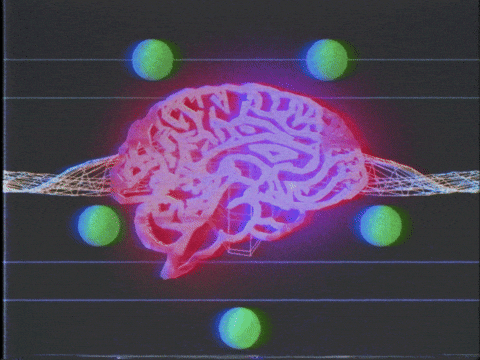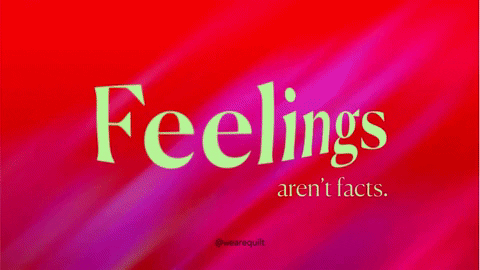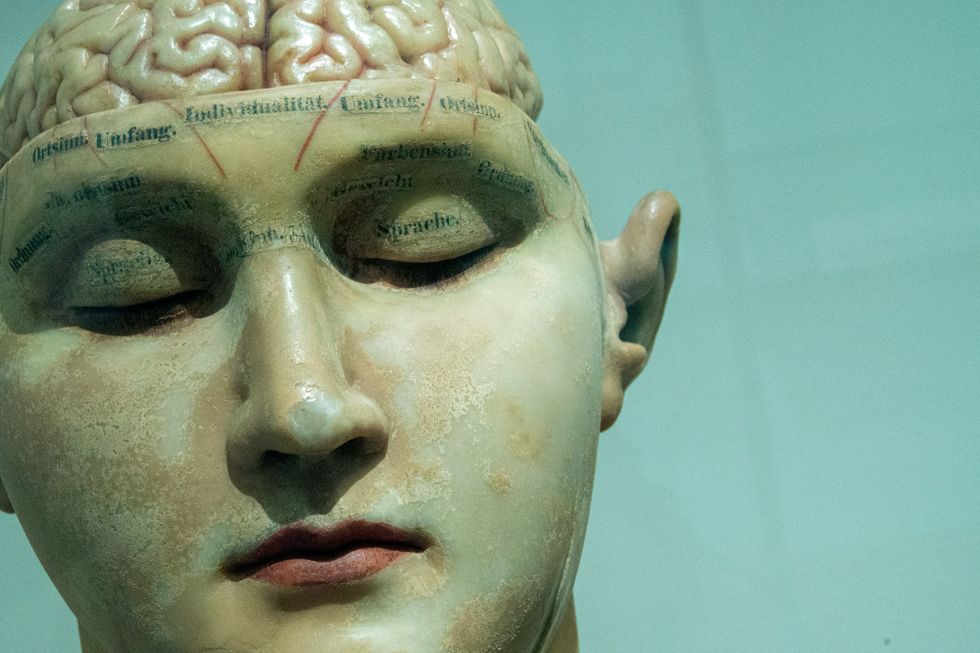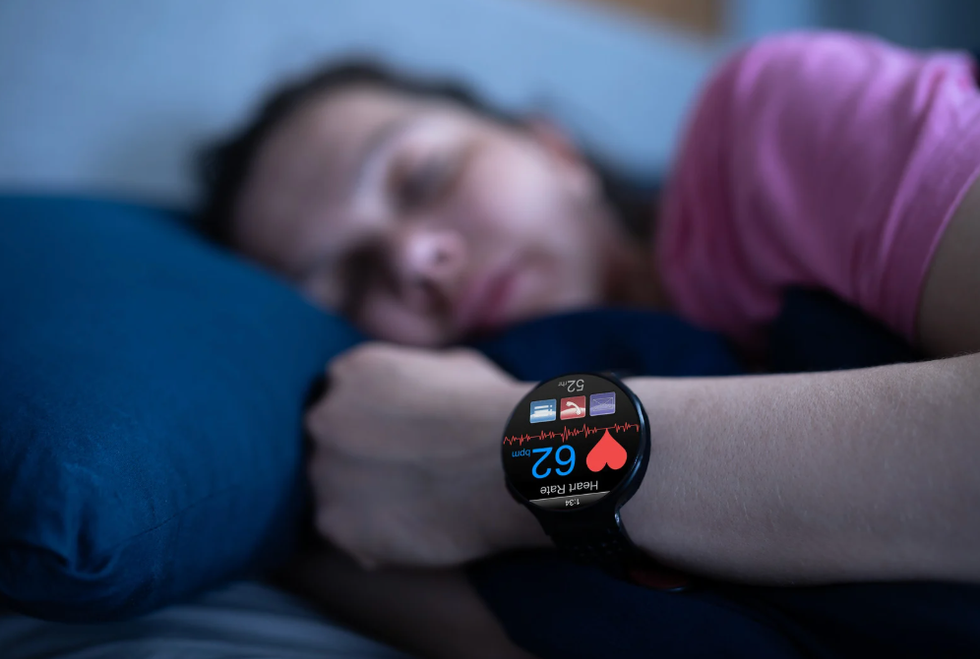Surrounded by her collection of 18 gongs and dozens of crystal and brass singing bowls, Jamie Bechtold, 39, caters to a clientele that can’t get enough of good vibrations. In 2015, she opened up a sound-focusedwellness space in Eagle Rock, a gentrifying neighborhood just north of Los Angeles, the perennial hub of new age therapies—and lately, business is booming. So to speak.
With major outlets like The New York Times and Vogue endorsing sound baths as “mainstream” and “the new shortcut to Zen,” visibility for the metaphysical health craze may be at its peak. Yet, according to Bechtold, authenticity appears to have taken a backseat to the mania; many are rushing to jump on the bandwagon without a true understanding of how sound healing—which is also called vibrational therapy—actually works.
If you’ve paid a visit to the now-famous Integratron in Joshua Tree National Park, then you are likely already obsessed with sound baths. If not, the idea probably seems pretty straightforward: You lie on the floor, close your eyes, and do absolutely nothing while soothing, slightly primordial sounds swirl around you and lull you into a blissful, deeply relaxed state. Recipients often report a buzzing sensation, or a sense of floating in midair, or even of angels singing directly to them.
Bechtold, a former biologist, is working to remove the air of mystery that surrounds her field. And that starts, she believes, with a better understanding of why we even need sound healing in the first place. “Our bodies are sensitive to frequencies like Wi-Fi signals, traffic, and fluorescent lights,” she explains, “Things that we hear or sometimes don’t hear.” As an antidote, she says “soothing sounds can help retune our nervous system.”
[quote position="left" is_quote="true"]I felt high. There were also points where I couldn’t stop laughing.[/quote]
This sense of being soothed—decreased heart rate, relaxed breathing, deep sense of wellbeing—is something anyone who’s enjoyed a well-administered sound bath can attest to. Some sessions last up to two hours, leaving the recipient revitalized and at peace, like waking up from a warm, wonderful dream. Yet the benefits extend far beyond the afterglow of a good nap. Nor is the practice limited to just Tibetan bowls and gongs. Bells, chimes, rattles, drums, didgeridoos, chanting—and a host of other obscure apparatus and techniques—all equally demonstrate the activating power of sound.
“I describe it like water coming through a pipe,” Bechtold offers. “The sound bumps up against a block, maybe that’s a physical trauma or an emotion. Like in a pipe, first there’s a little pressure there—clients may feel fear, anxiety, anger, or pain. Then I tell them to relax, breathe” and let the sound push them through the experience.
It’s a fitting metaphor for explaining the potency of sound baths and other similar treatments. Sound travels four times faster through water than air, and since the human body is made up of over 70 percent water, the vibrations move through us with surprising alacrity. “Our body is a perfect sound resonator,” writes Donna Carey, one of the founders of Acutonics, a pioneering new form of sound therapy that uses metal tuning forks applied to specific acupuncture points on the body.
According to Carey, a former clinical dean at the Northwestern Health Sciences University Acupuncture and Oriental Medicine Program, sound as a healing tool can be traced back to the dawn of civilization. She cites examples reaching far back through history: Ancient Hellenic culture has a record of the flute being played to cure gout. In the Bible, David plays the harp to ease King Saul’s depression. Scientists today speak of an event known as the Big Bang. What was that, she asks, if not one exceptionally fertile sound session?
[quote position="right" is_quote="true"]The unseen healing power of vibrational motion can actually be viewed as a form of kinetic energy.[/quote]
In her curriculum text, which accompanies studies of the tuning forks, Carey goes on to list other ways that sound has been used throughout history to “lift spirits and settle the soul.” Interestingly, this doesn’t always mean the sound is physically heard. Unlike classical or pop music, the experience of sound and vibrational therapy has less to do with listening and more to do with feeling. “The unseen healing power of vibrational motion or sound can actually be viewed as a form of kinetic energy that is measured scientifically as a waveform,” she writes.
If that sounds like a lot to take in, here’s a pretty picture to go with the words. Cymatics, one of the most irrefutable demonstrations of sound’s mystical power, is a relatively undocumented field. It’s defined as the “science of visualizing audio frequencies,” and it relates to the phenomenon of physical matter reorganizing itself into geometric patterns when exposed to certain frequencies. The eerie effect is well documented on YouTube, where videos—like the one below showing grains of salt aligning, as if by magic, into one perfectly symmetrical shape after another—have attracted millions of viewers.
One of the more intriguing aspects of sound healing today is its connection to the cosmos. In Acutonics, the tuning forks used are precision-calibrated to a natural harmonic series that mirrors celestial bodies. In simpler words, the forks are literally tuned to the Earth, the moon, the sun, and other planets. This technology originates from the work of Johannes Kepler, the 17th century German astronomer who discovered the elliptical orbits of planets and studied their velocities. Many years later, in 1978, when Swiss mathematician Hans Cousto was able to translate those planetary orbits into musical tones, a cosmic scale was born.
For example, Cousto claimed that the 24-hour cycle of Earth rotating on its axis corresponds to a frequency of 194.18 Hz (roughly equivalent to the musical note G). In turn, these sounds hold different therapeutic properties when played; Earth’s frequency is said to be grounding and balancing, while the sound of the sun transfers a bright, demanding energy.
[quote position="full" is_quote="true"]We would sing back to back, then rub our hands together and hold them out to feel the energy we were creating.[/quote]
Such astronomical claims aren’t exactly verifiable. Still, for some, sensory perception is all the proof they need. Nora Logan, 30, witnessed these effects firsthand, when she walked into a sound meditation one day at Naam Yoga in Manhattan’s Upper West Side. “There were about 150 people in this big room, all chanting together,” she describes. “We would sing back-to-back, then rub our hands together and hold them out, facing each other, to feel the energy we were creating.” The intense chanting—itself a deeply vibrational act—proved so overwhelming (“I felt high,” Logan recalls) that at one point, she had to leave the room because she was uncontrollably crying. “But,” she adds, “there were also points where I couldn’t stop laughing.”
But Bechtold isn’t so quick to buy into this. Even though she herself uses gongs labeled “Saturn” and “asteroid belt,” she finds the terminology misleading. “There’s no actual proof that these sounds (correspond to) the elliptical orbit of these planets. At least, I can’t find anything that says so.” Instead, she offers her clients a wider picture, stating simply that the frequencies “connect us to the energies of planets.”
“Don’t try to solve it or figure it out,” Bechtold says. For her, even if we may never know exactly why the vibrations help us through trauma, somehow “the sound helps move it along” eventually. Scientific precision was never the point.















 You cannot be too careful when trying to prevent the spread of the flu.Photo credit: Canva
You cannot be too careful when trying to prevent the spread of the flu.Photo credit: Canva
 Big Brain GIF by Jay Sprogell
Big Brain GIF by Jay Sprogell
 Shake It Off Wet Dog GIF by BuzzFeed
Shake It Off Wet Dog GIF by BuzzFeed
 Working out with friends also makes exercise more enjoyable (and feel quicker).Photo credit: Canva
Working out with friends also makes exercise more enjoyable (and feel quicker).Photo credit: Canva
 People with Imposter Syndrome can't accept their achievements.
Photo by
People with Imposter Syndrome can't accept their achievements.
Photo by  Emotion Feeling GIF by Quilt
Emotion Feeling GIF by Quilt Psychologist - Free of Charge Creative Commons Notepad 1 image
Psychologist - Free of Charge Creative Commons Notepad 1 image
 Human anatomy model.
Photo by
Human anatomy model.
Photo by 
 Socks warm your feet, but cool your core body temperature.Photo credit: Canva
Socks warm your feet, but cool your core body temperature.Photo credit: Canva
 A new t-shirt could open up more hospital beds for patients.Photo credit: Canva
A new t-shirt could open up more hospital beds for patients.Photo credit: Canva Wearable solutions could be revolutionary.Photo credit: Canva
Wearable solutions could be revolutionary.Photo credit: Canva Many wearable tech devices could help you monitor your health.Photo credit: Canva
Many wearable tech devices could help you monitor your health.Photo credit: Canva